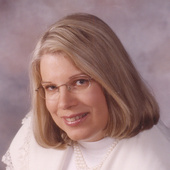One of the newest strip centers in the Falls now has opened a medical center.....The Medical College of Wisconsin and Froedtert and Community Health has opened the Endocrinology Center at North Hills.
This treatment center is for diabetes and other endocrine disorders. The Menomonee Falls center is staffed by Medical College of Wisconsin faculty physicians, with expertise in diabetes, obesity, metabolic syndrome and pituitary, thyroid and lipid disorders.
The physicians are medical staff members at Community Memorial Hospital in Menomonee Falls.
The center is in the Community Memorial Medical Commons located at
W129 N7055 Northfield Drive, Menomonee Falls.

Comments(6)